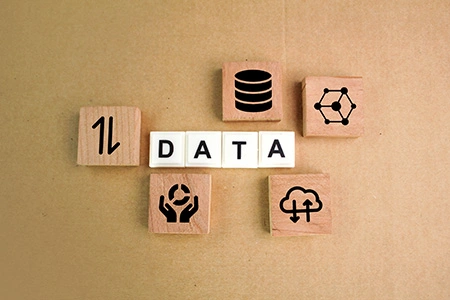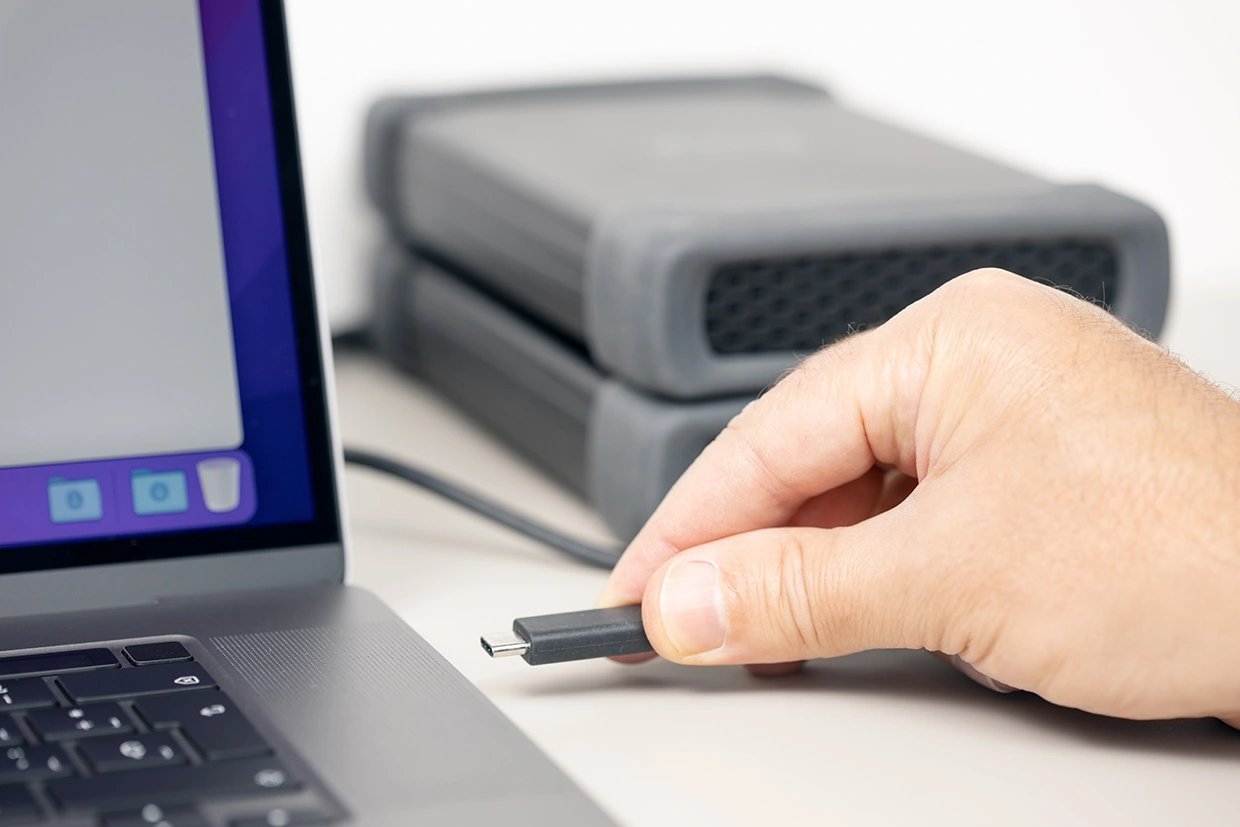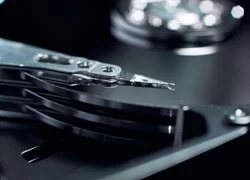How to use the External HDD correctly?
The external HDD is an excellent device for backing up data, but using it correctly involves some care and practices to ensure that your data is safe and the device works effectively.
Its main function is for data backup, which means that it stores a copy of information from other devices, such as an HDD or internal SSD of a notebook, for example. If the information is only present in it, then it is not a copy but rather the originals of the files that are in it, and this represents a serious risk of losing information in the event of a failure.
If you don't have enough space on your notebook, for example, and need to store all important files on the external HDD, consider using a second external HDD for data backup or some cloud storage if that's convenient. The important thing is to always have the important information in at least two places.
Tips for using external HDD
Here are some tips for using an external HDD correctly, ensuring safe use, extending its useful life, and keeping your data safe:
Keep it unplugged: This tip is valuable. Keeping the external hard drive disconnected when not in use and only connecting it during backups is an excellent practice for protecting your data. If the equipment is affected by a power problem (such as a surge, an electrical discharge, or a sudden power outage) or even a ransomware / malware attack, the external hard drive, when disconnected and stored, will be safe from all of these threats.
Connect and Disconnect Safely: Before disconnecting the external HDD, be sure to eject or safely remove it from the operating system. This ensures that all data is recorded and that there is no risk of data corruption. In Windows, you can use the "Safely Remove Hardware" icon on the taskbar. On macOS, you can drag the disk icon to the trash or use the "Eject" command in Finder.
Proper Storage: Avoid falls and physical shocks. The external HDD is extremely sensitive to impacts, drops, and vibrations, so handle it with care as it contains sensitive moving parts. Keep the device on a flat, stable surface when in use. Store the external HDD in a safe location when not in use to protect it from accidental damage.
Virus and Malware Protection: Make sure your external HDD is protected against viruses and malware. Scan it regularly using reputable antivirus software. Avoid connecting the external HDD to suspicious or untrusted computers.
Regular Backup: Use the External HDD to regularly back up your important data. This helps prevent data loss if the primary hard drive fails. Consider using automatic backup software to simplify the process.
Energy management: If the External HDD has an external power source, make sure it is connected and working properly. Some external hard drives are powered by the USB port. Make sure the USB port provides enough power for the HDD to operate.
Disk Health Monitoring: Use disk health monitoring tools to check for potential problems with your external HDD. Some tools can alert you to bad sectors or other signs of impending failure.
Overvoltage Protection: Consider using a surge protector or a UPS to protect the external HDD against surges or power outages.
Labels and Organization: Label your external hard drives clearly to easily identify the contents of each one. This makes it easier to find specific backups when needed.

Conclusion
By following these practices, you can ensure the safe and efficient use of your external hard drive, extending its lifespan and keeping your data safe.







